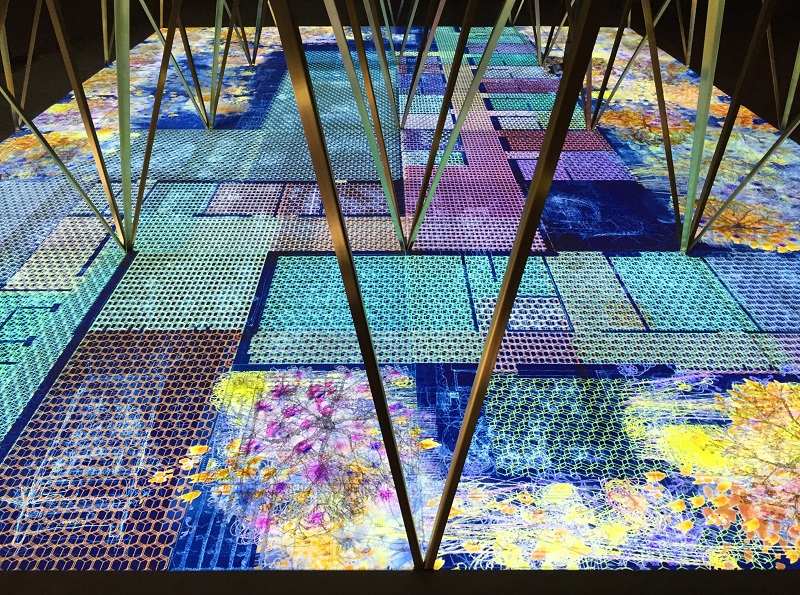Losing Myself: Spatial Perception and Architectural Design
Eimear Arthur & Niall McLaughlin , Niall McLaughlin Architects, UK
Yeoryia Manolopoulou, AY Architects
Awards RIBA President's Awards for Research 2017
Category Design & Technical

With ‘Houses of Memory’ – architectural mnemonics – the Ancient Romans recognised the link between an individual’s spatial perception and their ability to organise and call upon memories, thoughts and experiences. For the architect, the nature of this relationship is of critical importance: if an ability to understand space can improve memory; how does impaired memory affect spatial cognition? Why, and how, are these connected; and how can architects better design spaces for people whose understanding of space is in decline? This research seeks to accumulate, interpret and disseminate information about the changes to spatial perception caused by dementia, and the implications for architectural design. A variety of written sources have been consulted, but the primary form of research has been a series of interviews with a variety of experts on the subject, particularly those who may not regularly engage in dialogue with architects – neuroscientists, psychologists, health workers, philosophers, anthropologists, people with dementia and their families. To maximise the potential for engagement throughout at beyond the field of architecture, these conversations were recorded and uploaded to a website. The research finds a critical neurological link between memory and spatial perception, though many of the brain structures and functions behind this link are yet to be fully understood. There are lessons for architects in how we should conceptualise, design and represent space. Many of the foundational principles of good design generally – logical sequence of spaces, the provision of daylight, thorough consultation with the client – are critical to successful design for dementia. The findings highlight the importance of designing all public spaces with cognitive impairment in mind; the value of consultation and collaboration with disciplines outside of architecture; and the need to prioritise not just safety, but an engaged, enjoyable life for those in the latter stages of dementia.






